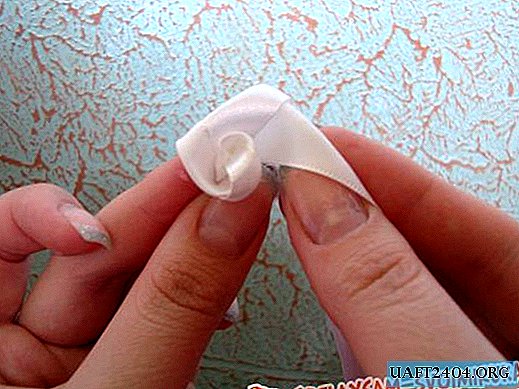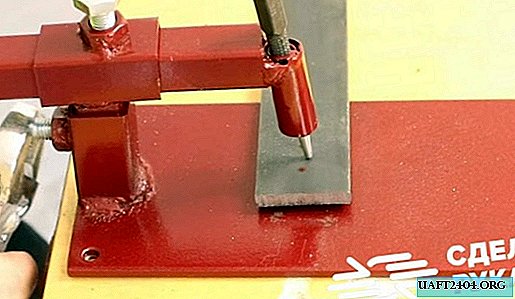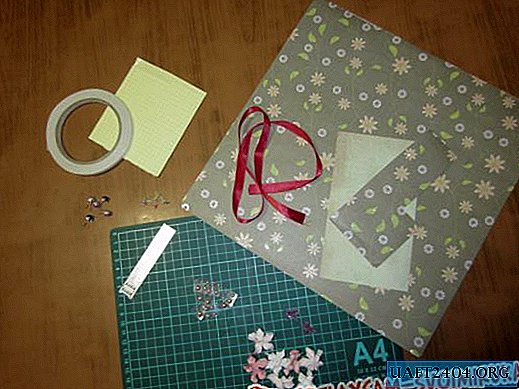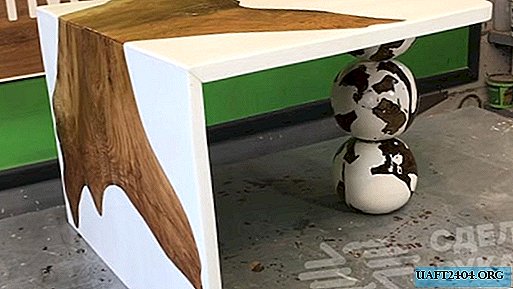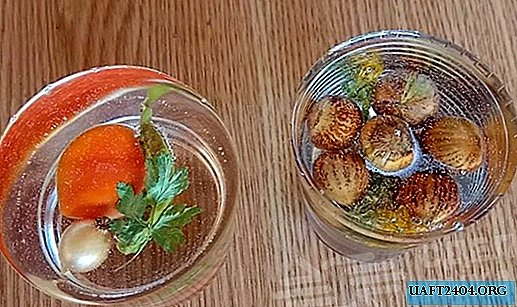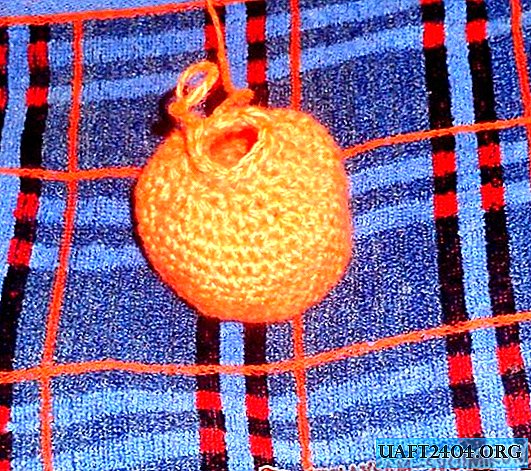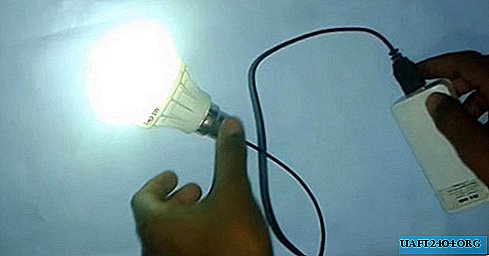Share
Pin
Tweet
Send
Share
Send
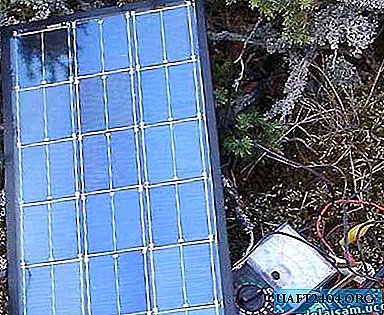
In the economy of the radio constructor, there will always be old diodes and transistors from radio receivers and televisions that have become unnecessary. In skillful hands, this is wealth that can be effectively used. For example, to make a solar battery with your own hands to power a transistor radio receiver in traveling conditions. As you know, when illuminated with light, a semiconductor becomes a source of electric current - a photocell. We will use this property.
The current strength and the electromotive force of such a solar cell depend on the material of the semiconductor, its surface size and light exposure. But in order to turn a diode or transistor into a photocell, you need to get to the semiconductor crystal, or, more precisely, you need to open it.
How to do this, we will tell a little later, but for now, look at the table where the parameters of homemade photocells are given. All values were obtained under illumination with a 60 W lamp at a distance of 170 mm, which approximately corresponds to the intensity of sunlight on a fine autumn day.
As can be seen from the table, the energy generated by one photocell is very small, so they are combined into batteries. To increase the current supplied to the external circuit, the same photocells are connected in series. But the best results can be achieved with a mixed connection, when the photovoltaic battery is assembled from series-connected groups, each of which is composed of identical elements connected in parallel (Fig. 3).
Pre-prepared groups of diodes are assembled on a plate of getinax, organic glass or textolite, for example, as shown in Figure 4. The elements are interconnected by thin tinned copper wires.
It is better not to solder the conclusions that are suitable for the crystal, since in doing so, the semiconductor crystal can be damaged from high temperature. Place the plate with the photocell in a sturdy case with a transparent top cover. Solder both pins to the connector - you will connect the cord from the radio to it.
A solar photocell of 20 KD202 diodes (five groups of four parallel-connected photocells) generates a voltage of up to 2.1 V at a current of up to 0.8 mA in the sun. This is quite enough to power the radio on one or two transistors.

Now about how to turn diodes and transistors into photocells. Prepare a vice, side cutters, pliers, a sharp knife, a small hammer, a soldering iron, POS-60 tin-lead solder, rosin, tweezers, a tester or a microammeter of 50-300 μA and a 4.5 V battery. Diodes D7, D226, D237 and others in similar cases should be disassembled as follows. First, cut the conclusions along lines A and B with side cutters (Fig. 1). Carefully straighten the crumpled tube B to release terminal G. Then clamp the diode in a vice by the flange.
Attach a sharp knife to the weld and, slightly striking the back of the knife, remove the cover. Make sure that the blade of the knife does not go deep inside - otherwise the crystal may be damaged. Conclusion D clear of paint - the photocell is ready. For KD202 diodes (as well as D214, D215, D242-D247), use a pair of pliers to bite off flange A (Fig. 2) and cut off terminal B. As in the previous case, straighten the wrinkled tube B and release the flexible lead G.
Share
Pin
Tweet
Send
Share
Send

